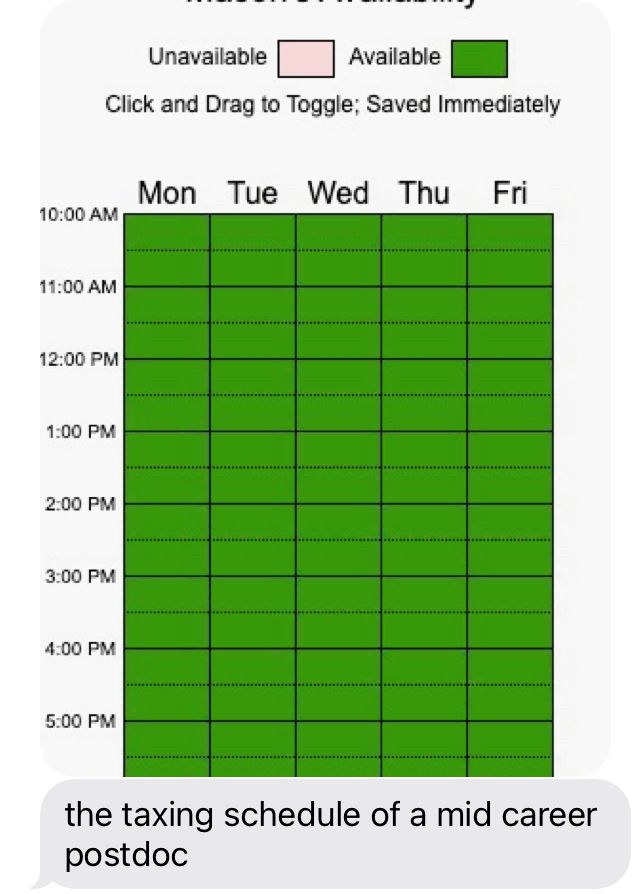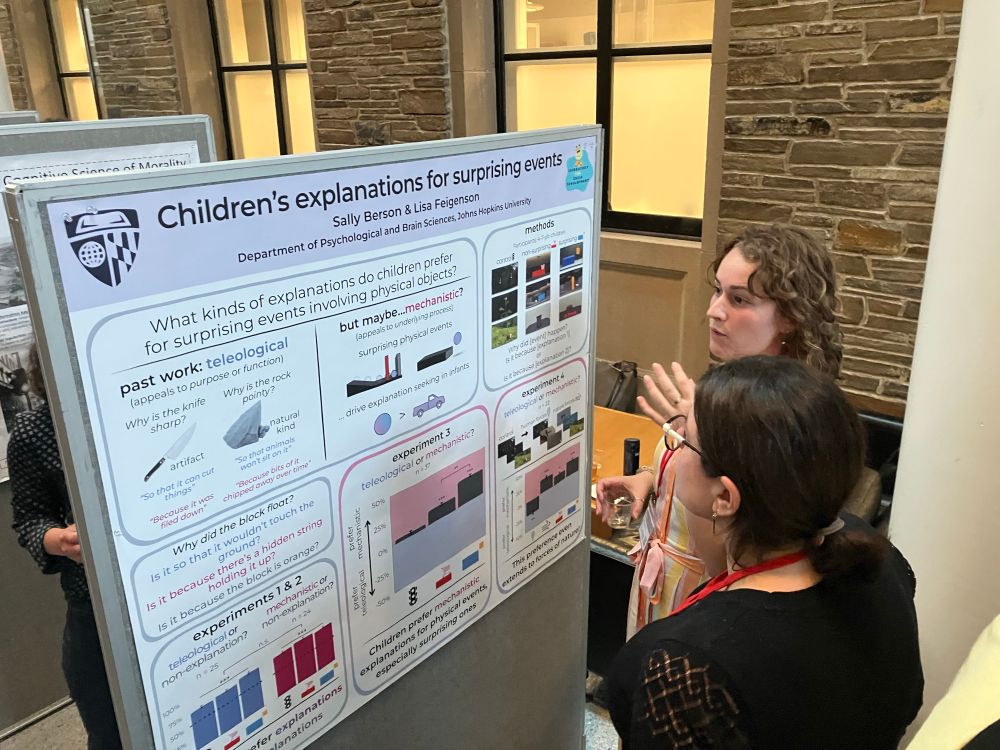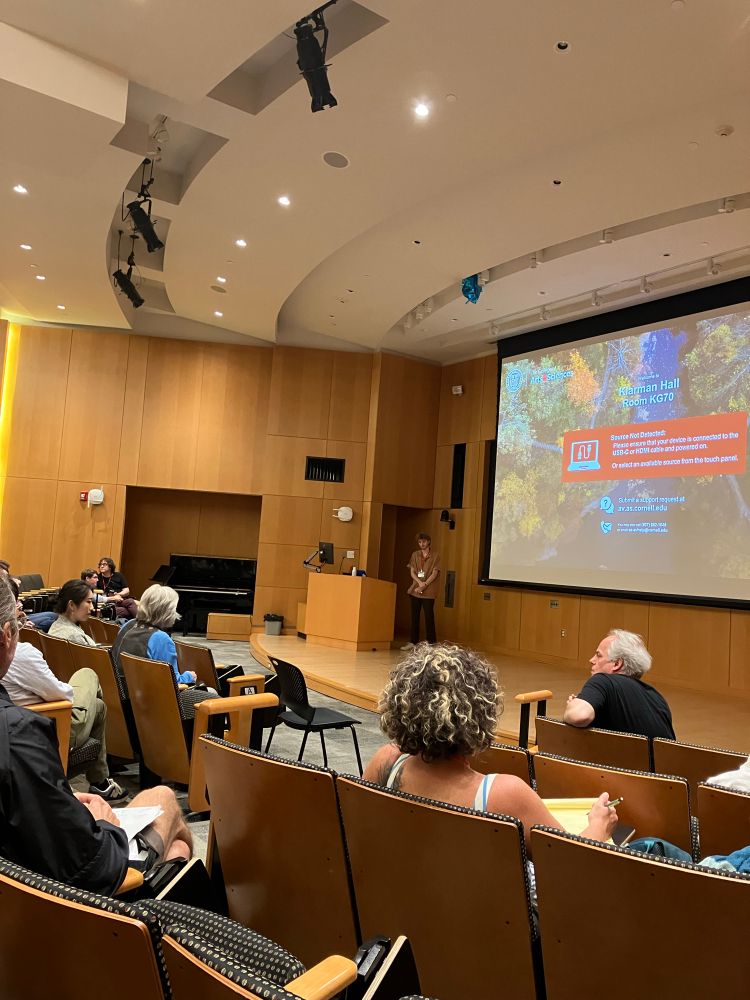tal boger
@talboger.bsky.social
280 followers
46 following
51 posts
third-year phd student at jhu psych | perception + cognition
https://talboger.github.io/
Posts
Media
Videos
Starter Packs
Reposted by tal boger
Reposted by tal boger
Reposted by tal boger
Sami Yousif
@samiyousif.bsky.social
· Aug 28

Can we “see” value? Spatiotopic “visual” adaptation to an imperceptible dimension
In much recent philosophy of mind and cognitive science, repulsive adaptation effects are considered a litmus test — a crucial marker, that distinguis…
www.sciencedirect.com
Reposted by tal boger
Chaz Firestone
@chazfirestone.bsky.social
· Aug 19
tal boger
@talboger.bsky.social
· Aug 19
tal boger
@talboger.bsky.social
· Aug 19
tal boger
@talboger.bsky.social
· Aug 19
tal boger
@talboger.bsky.social
· Aug 19
tal boger
@talboger.bsky.social
· Aug 19
tal boger
@talboger.bsky.social
· Aug 19
Reposted by tal boger
Reposted by tal boger
tal boger
@talboger.bsky.social
· Jun 26
Reposted by tal boger
Reposted by tal boger
tal boger
@talboger.bsky.social
· Jun 3











